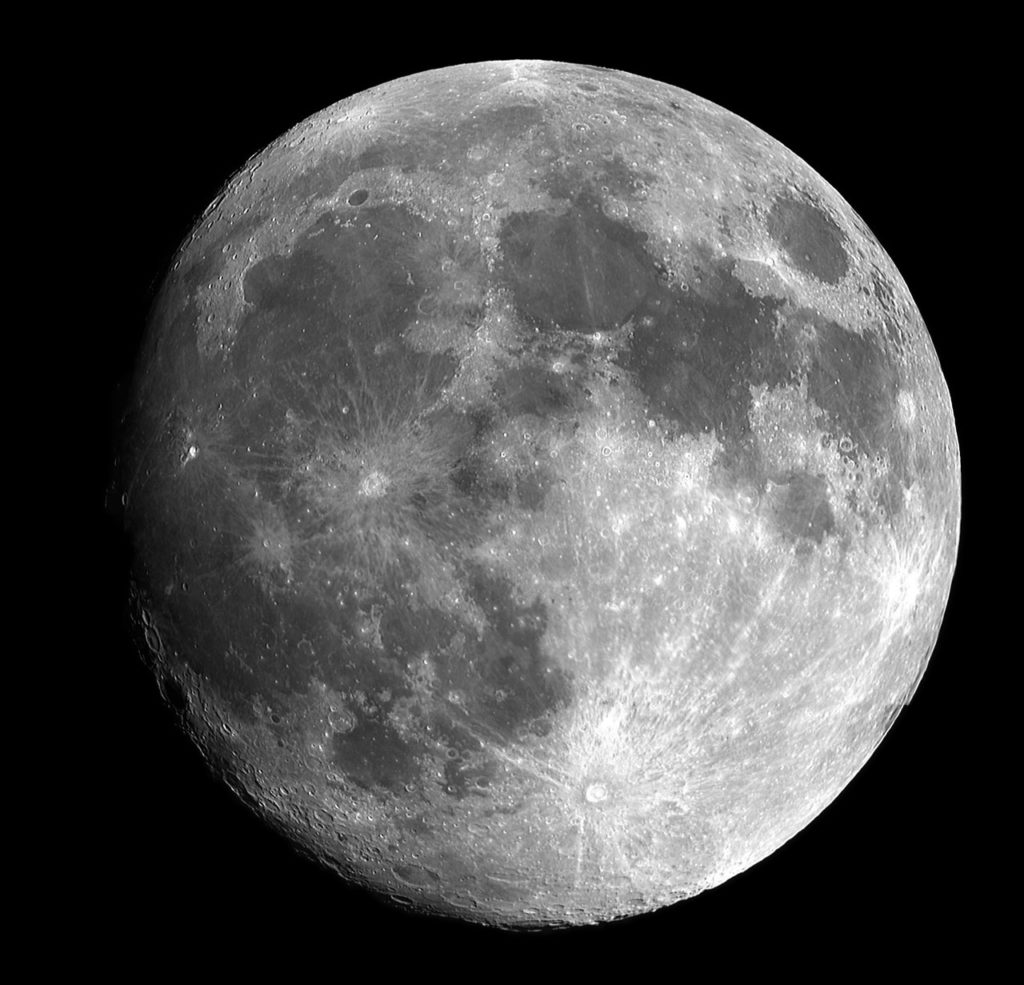A little while ago we brought you news of the unfortunate crash landing of the Israeli moon lander and now we have some pictures of the moon’s surface showing its ultimate fate.
As these images from NASA show, the Beresheet lander made an impression on the moon – even if it wasn’t the one initially planned.

Chalked up to an engine failure, the Beresheet’s failed landing scuttled what would have been the first landing ever by a private company on the moon. Israel-based Space1L did achieve the first moon orbit by a private company.
And the company is already planning its next mission to the moon and it hopes to land it successfully the next time around.
That’s actually a lot easier said than done, as many space agencies around the world have noted.
For now, the first Beresheet lander will have to rest peacefully in the Sea of Serenity (a large crater on the moon’s surface).
Soaring some 90 kilometers above the crash landing site, NASA’s own Lunar Reconnaissance Orbiter (LRO) took pictures on April 22.
Speaking about the photos, NASA said the following: “From so far away, LROC could not detect whether Beresheet formed a surface crater upon impact. It's possible the crater is just too small to show up in photos.”
How exactly did NASA find the crashing landing location?
Of course, they had some idea of where it was because of the space mission itself.
Beyond that, though, NASA did employ some sleuthing techniques to find the exact spot where it all went down (pun intended).
The space agency wrote on their blog explaining the process:
“Most importantly, we knew the coordinates of the landing site within a few miles thanks to radio tracking of Beresheet, and we have 11 ‘before’ images of the area, spanning a decade, and three “after” images. In all of these images, including one taken 16 days before the landing, we saw only one new feature of the size Beresheet would have created. Existing mathematical models helped us estimate the size and shape of the crater that would have formed if an object of Beresheet’s mass and velocity struck the surface. We also referenced craters created by similar-size spacecraft (GRAIL, LADEE, Ranger) that have struck the Moon at about the same speed, and we saw that the white tail stretching from the landing halo towards the south is a shape that’s consistent with Beresheet’s southward descent trajectory and angle of approach.”
[CNet]




